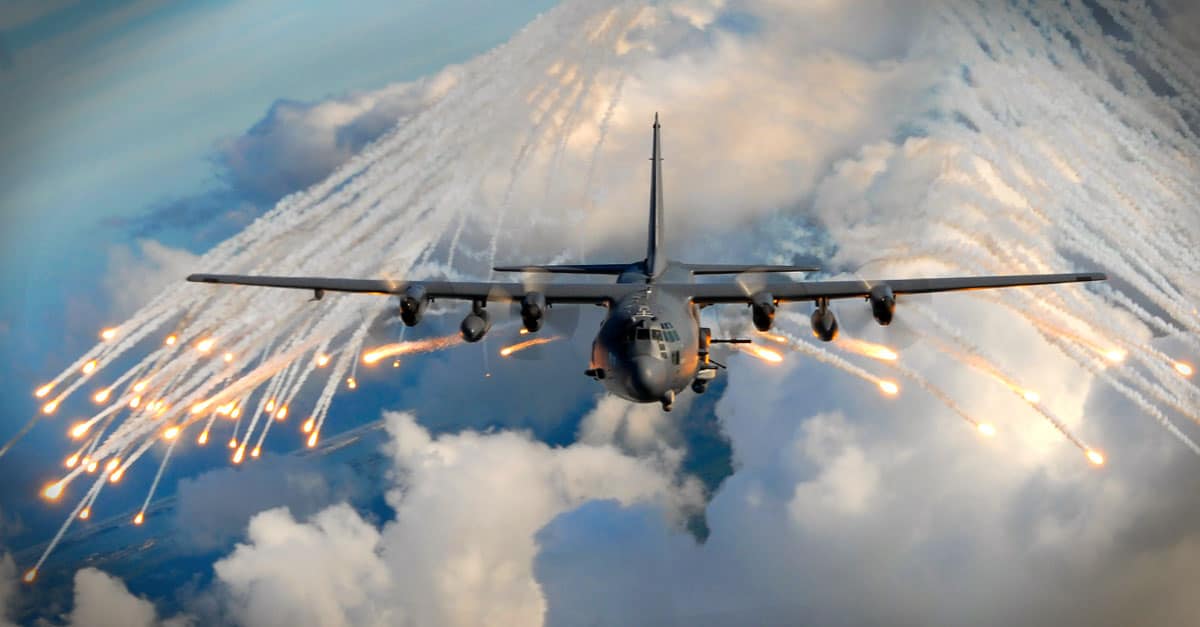
What do you know about the C-130 Hercules? We mean, really…how much do you actually know? Sure you know it’s a prop plane, sure it’s widely used and sure it carries a lot of cargo.
But what about the intricacies of the aircraft, what about the neat historical tidbits? Well, you’re about to have your mind blown by the awesome facts and images of the C-130. Enjoy!


50. The C-130 Hercules is one of the most versatile aircraft ever produced. It’s seen duty as a cargo transport vehicle, air assault aircraft, reconnaissance aircraft, search and rescue, maritime patrol, refueling aircraft and even as a firefighter.
It’s been around for a long time and has quite a few stories to tell. Enjoy these 50 amazing C-130 facts and C-130 images that will blow your mind.
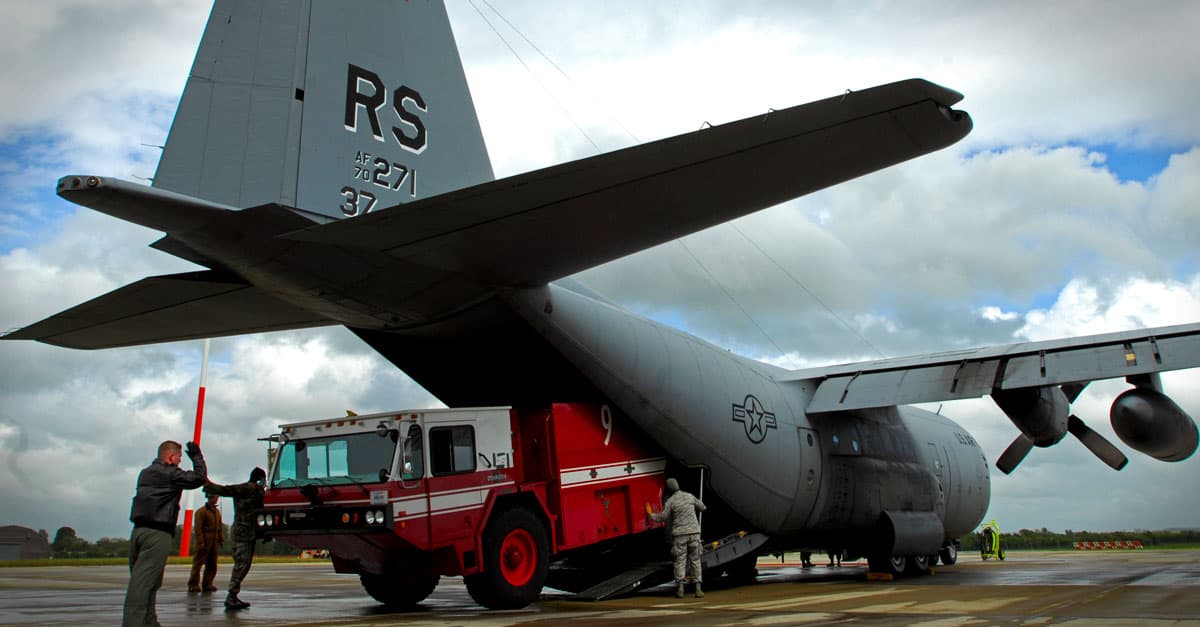

49. Over 2,400 C-130s have been delivered across more than 60 nations. Over 40 different variations of the C-130 exist.
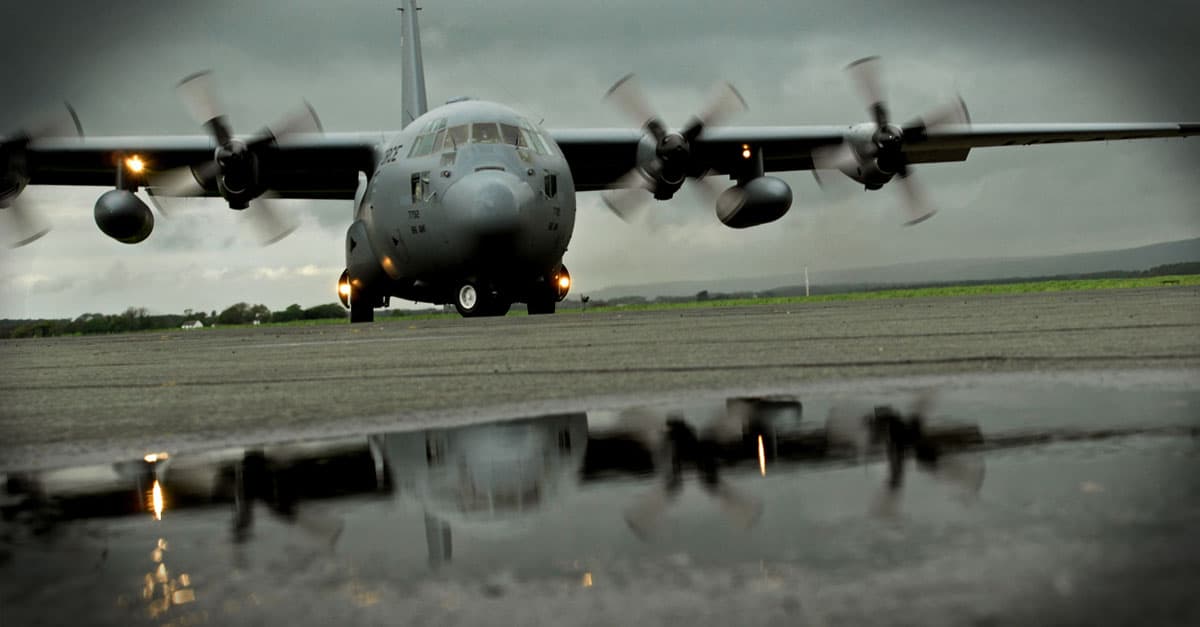

Senior Airman Kenny Holston, U.S. Air Force
48. While evacuating Tan Son Nhut Air Base during the final days of the Vietnam war in April 1975, a C-130 actually lifted 20,000 pounds above its listed maximum payload capacity.
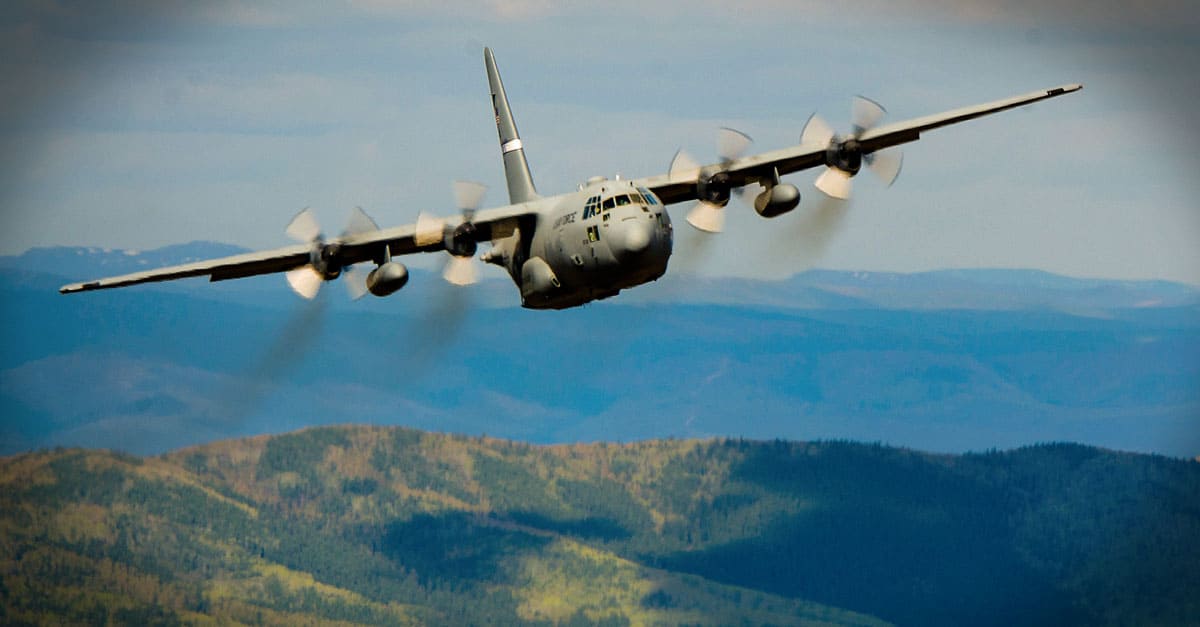

47. That 20,000 pound excess from the last fact? It was 452 humans – 360 more people than the C-130 is designed to carry. The C-130 was the last plane not destroyed at the airfield, and it was leaving for good in the midst of heavy enemy fire.
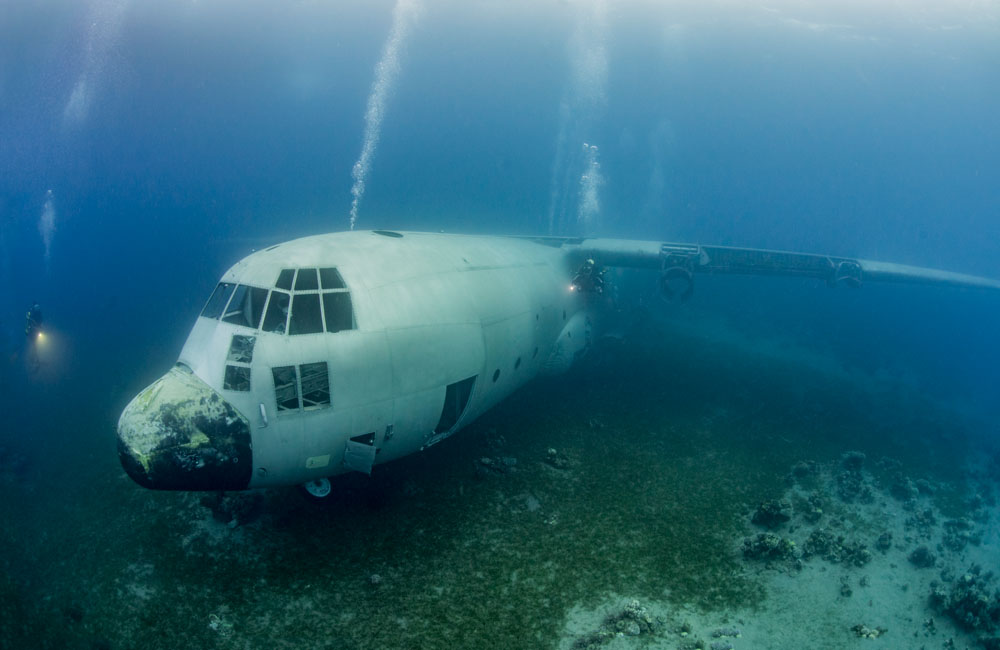

Master Sgt. Phil Speck, U.S. Air National Guard
46. A 105 mm Howitzer is housed inside of the AC-130J variant. The AC-130J is a long-endurance, heavy duty air-to-ground combat plane.
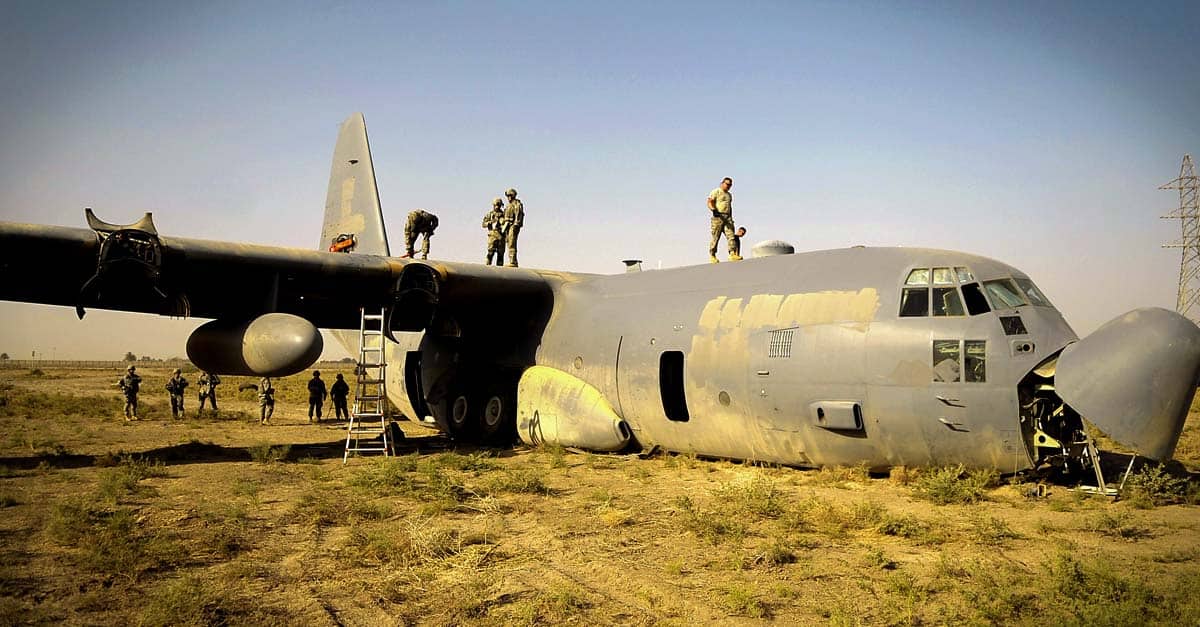

45. Natural disasters usually see the C-130 respond almost before any other fixed-wing aircraft because of it’s ability to land on short or unprepared runways. However, it appears a natural disaster may have gotten the best of this particular C-130.
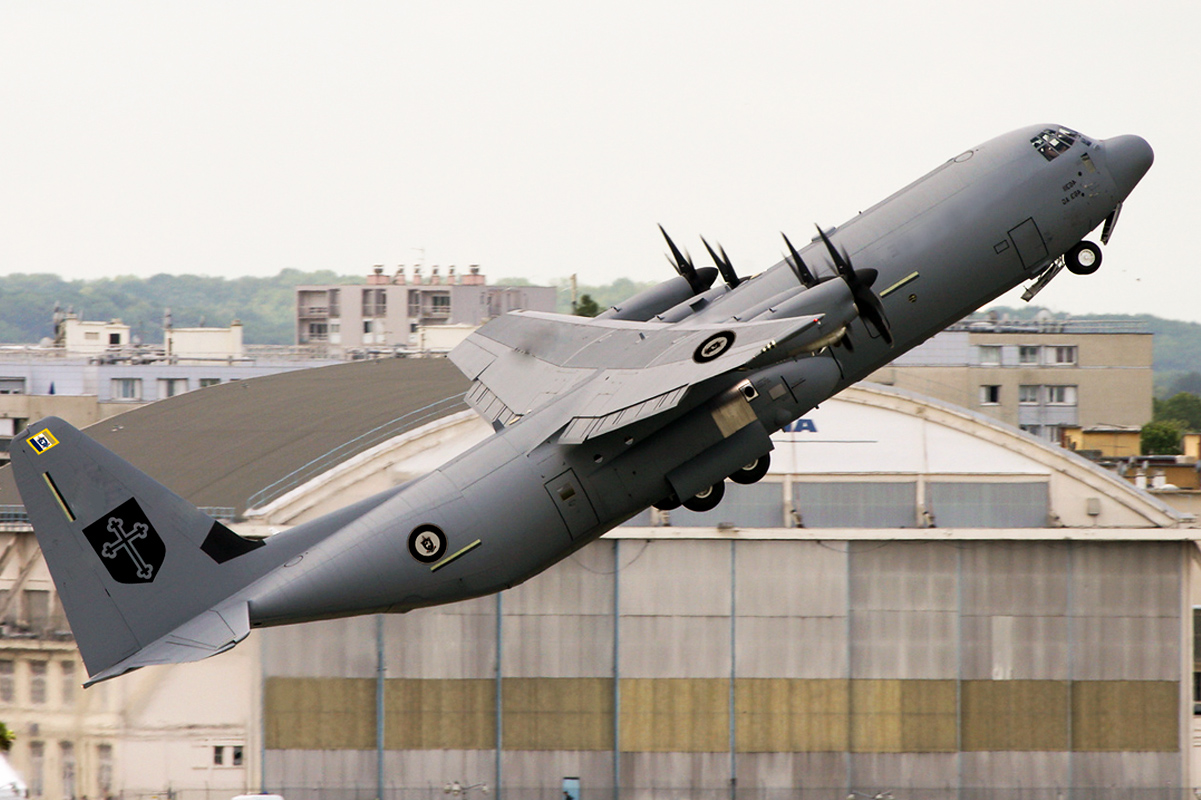

Tech. Sgt. Jeffrey Allen, U.S. Air Force
44. Out of all production military aircraft, the C-130 represents the longest continually produced family of aircraft. The C-130 has been in production since 1954.
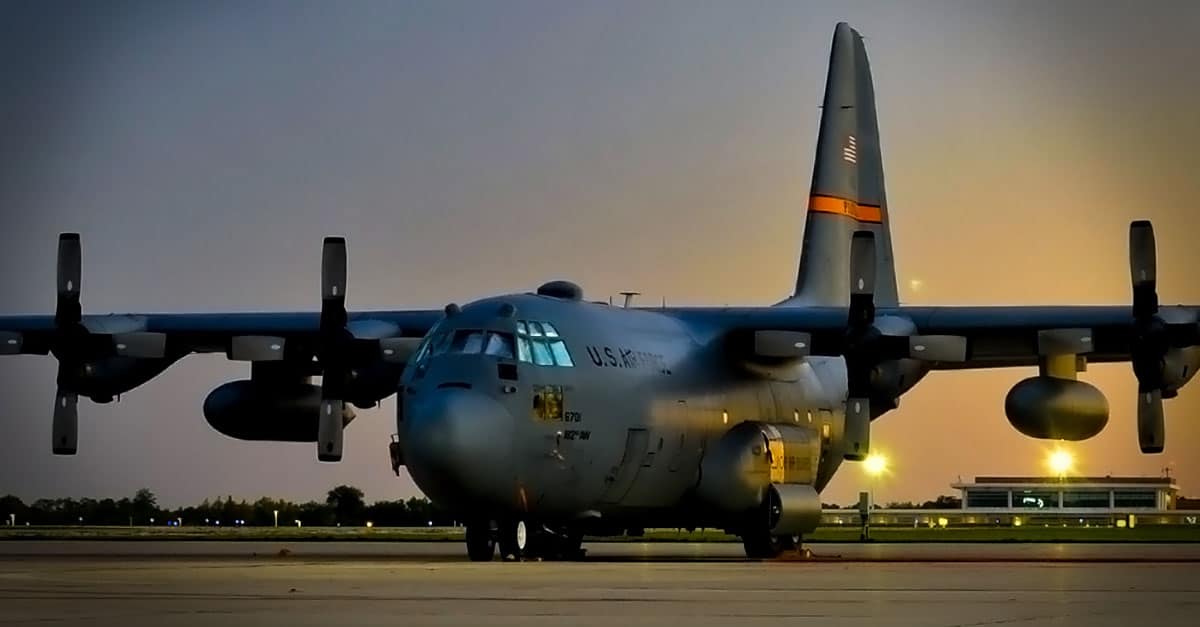

43. The C-130 was originally designed as a troop, medevac, and cargo transport aircraft. It is the main tactical airlifter for the United States – as well as many other nations.


Staff Sgt. Lealan Buehrer, U.S. Air Force
42. Main versions of the C-130 that are currently in use by the Air Force are the C-130E, C-130H, C-130J and C-130J-30.
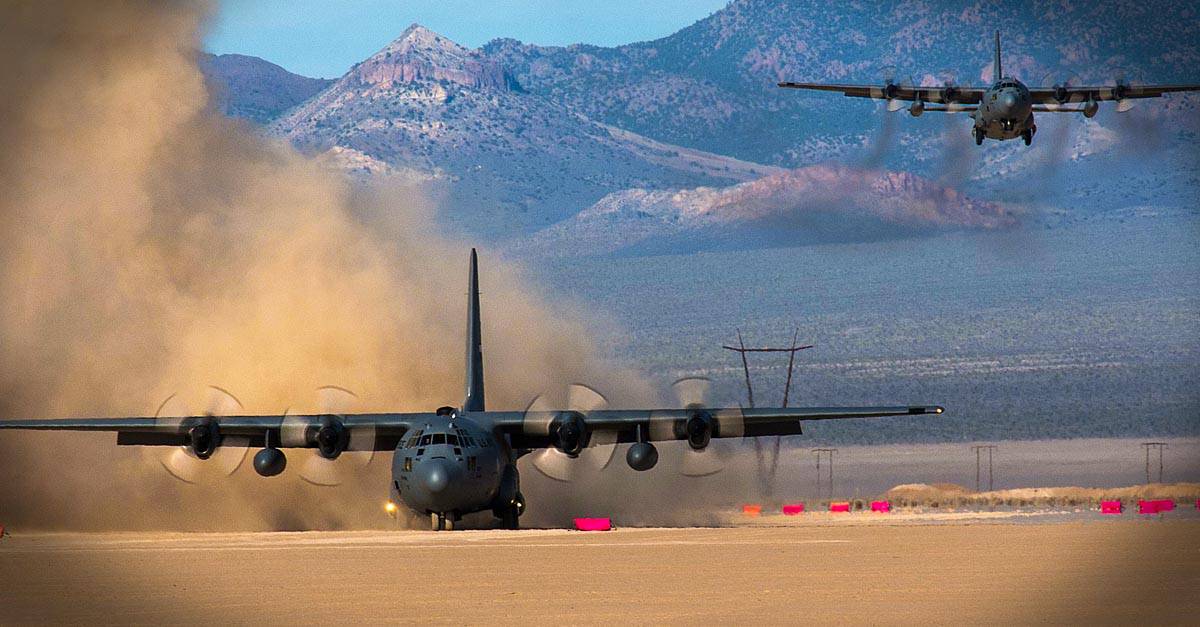

41. Its latest and possibly greatest variation – the C-130J Hercules – is currently in use in more than 10 active missions worldwide.
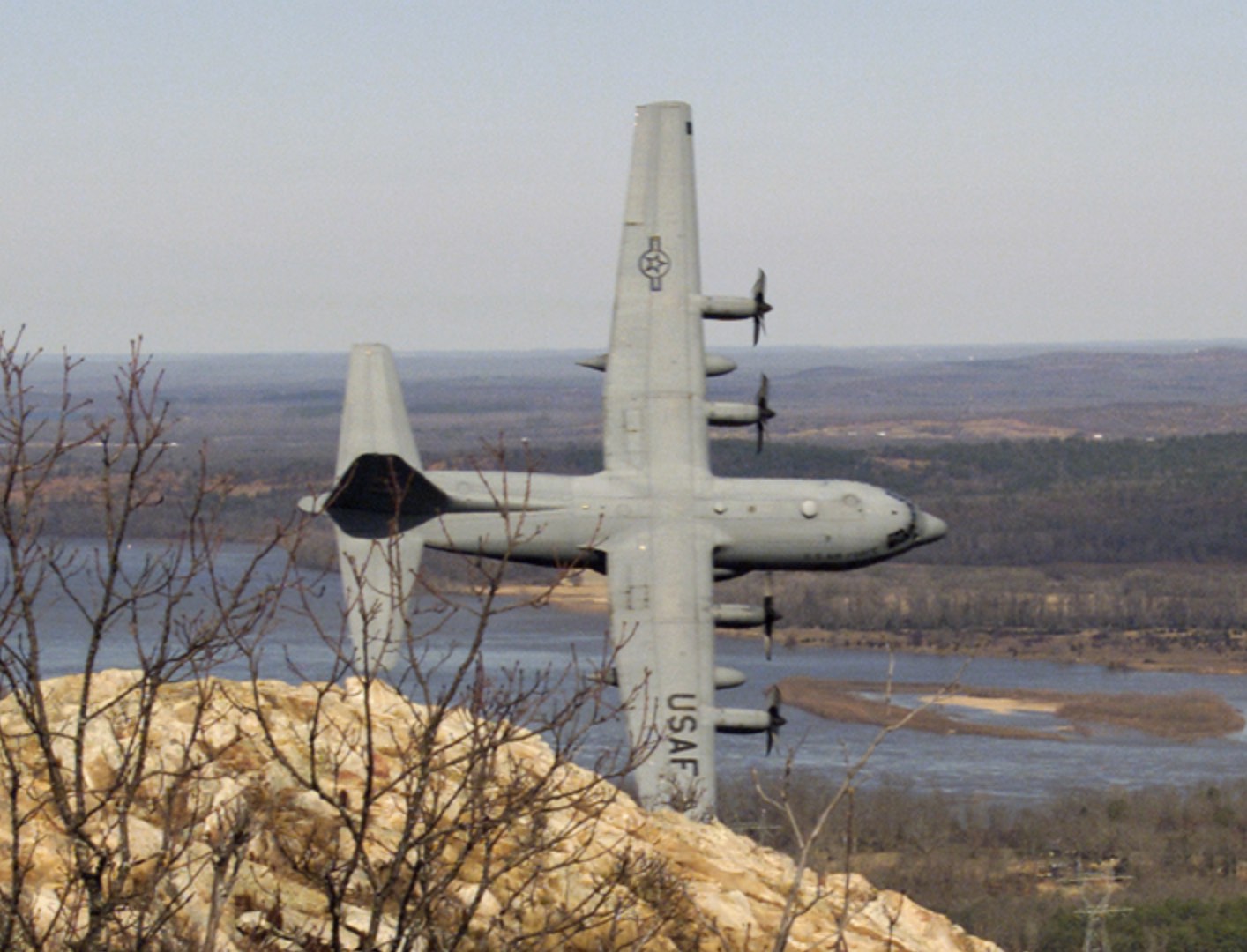

Staff Sgt. Daniel Phelps, U.S. Air Force
40. The Unites States Air Force, as well as those in Italy, Canada, Norway and Denmark are under contract for more than 300 new C-130Js.
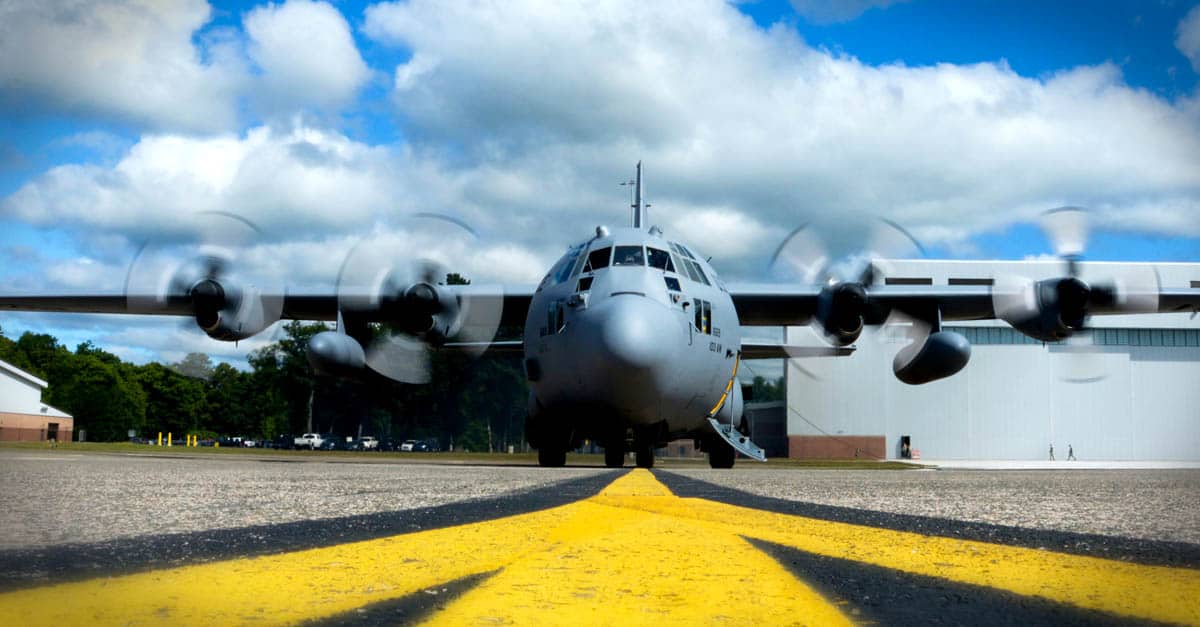

39. In 1971, a ski-equipped LC-130 crashed in Antartica on takeoff. It was buried in an icy valley for 17 years before the Navy decided to pull it out and repair the damage. It later was put back into service.


Airman 1st Class Sadie Hewes , U.S. Air Force
38. The C-130 has a maximum takeoff weight of 155,000 pounds, which is just about the same weight as a space shuttle.
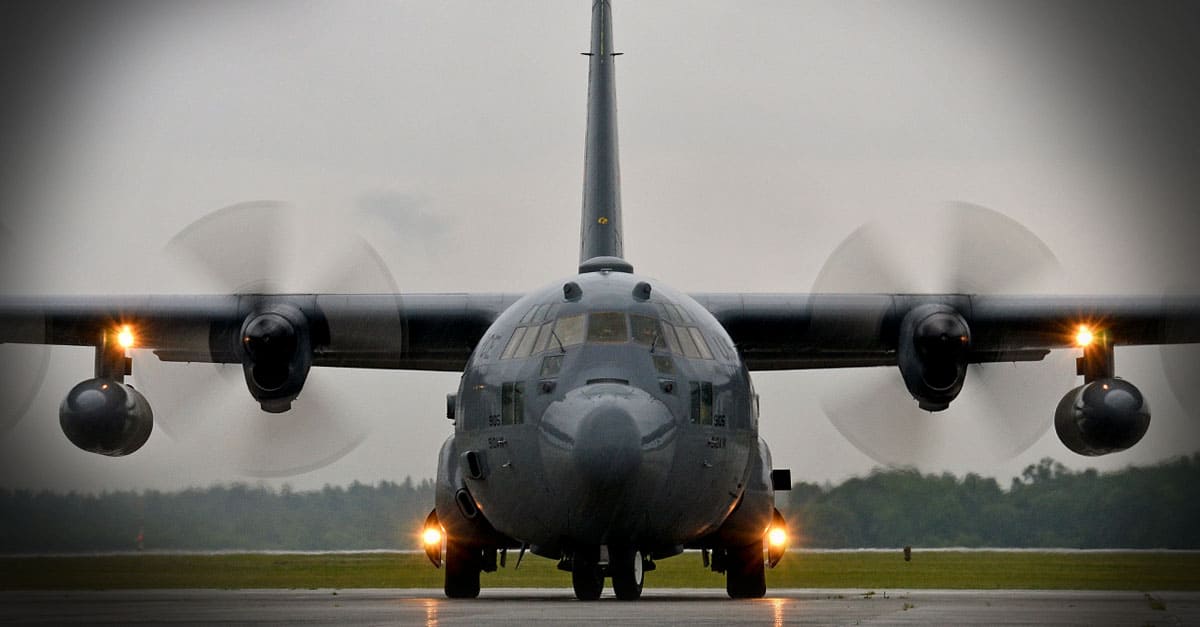

Airman 1st Class Meagan Schutter, U.S. Air Force
37. More than 40,000 pounds of cargo and supplies can be carried in the C-130. That’s about the same weight as three elephants combined.
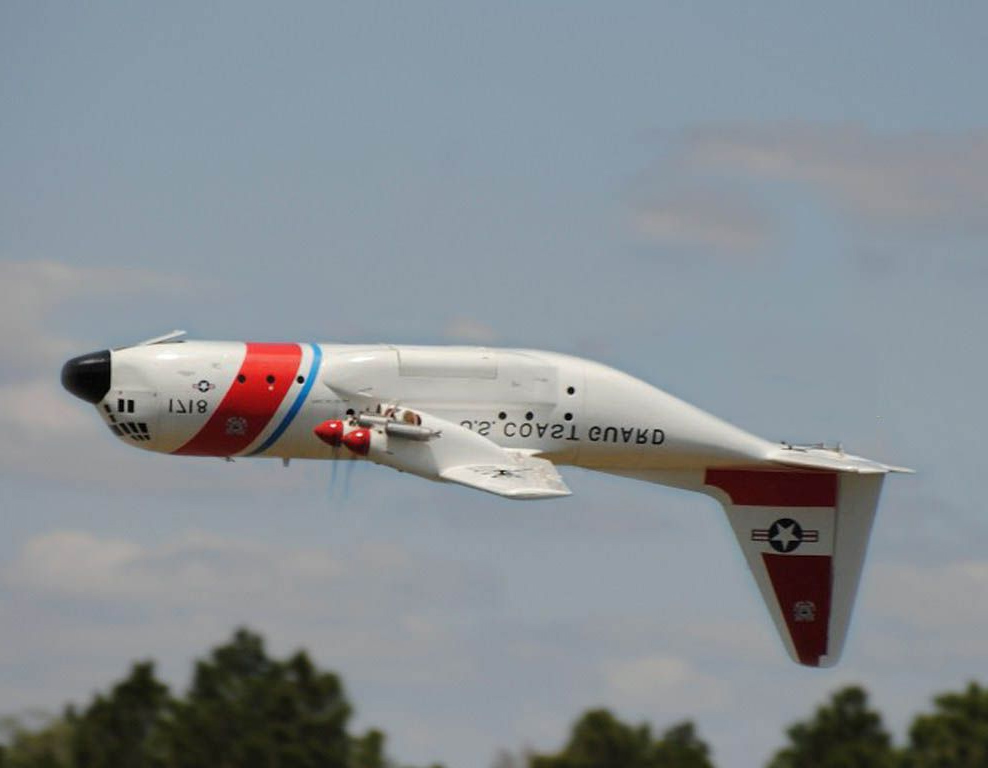

Staff Sgt. Kelly Goonan, U.S. Air Force
36. A special variation of the C-130, the EC-130E Commando Solo Hercules, transmitted radio and TV broadcasts several hours a night over Iraq. This was a part of psychological warfare campaigns prior to the 1991 Persian Gulf War.
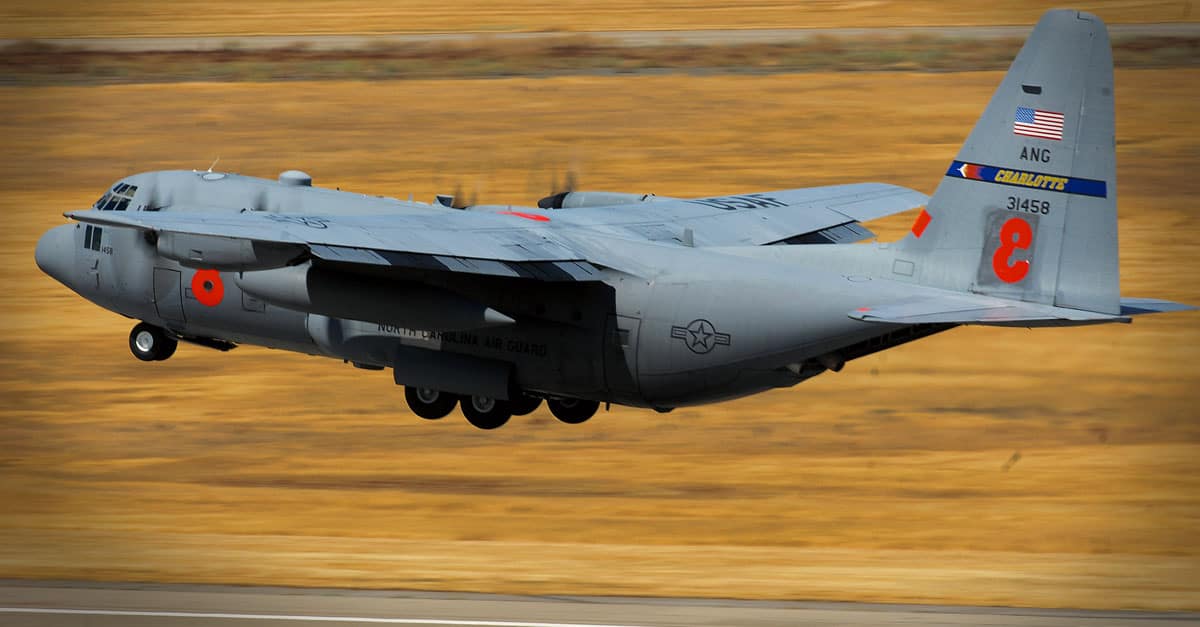

35. The new C-130J, compared to its predecessors, has one-third better range, 25 percent more thrust, and 15 percent better fuel efficiency than A-H models.
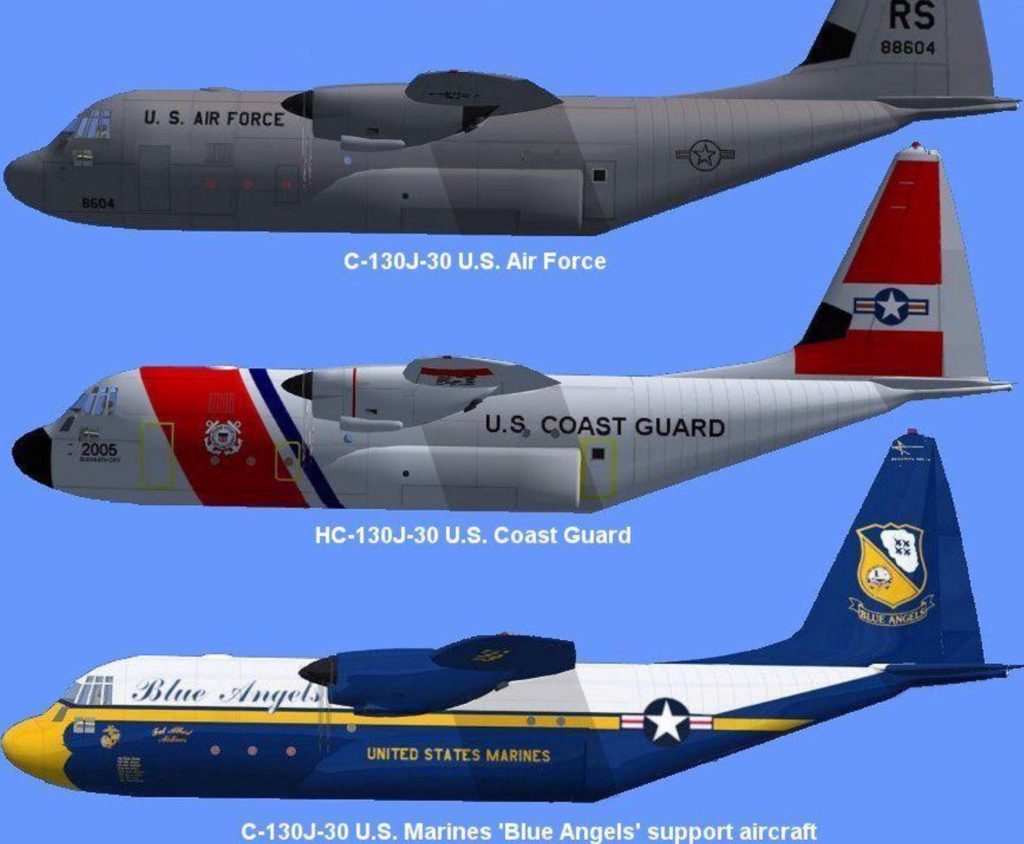

Staff Sgt. Hector Garcia, U.S. Air Force
34. The C-130J Hercules has a max speed of 417 mph at 22,000 feet of altitude. The original C-130 could make it up to about 366 mph.
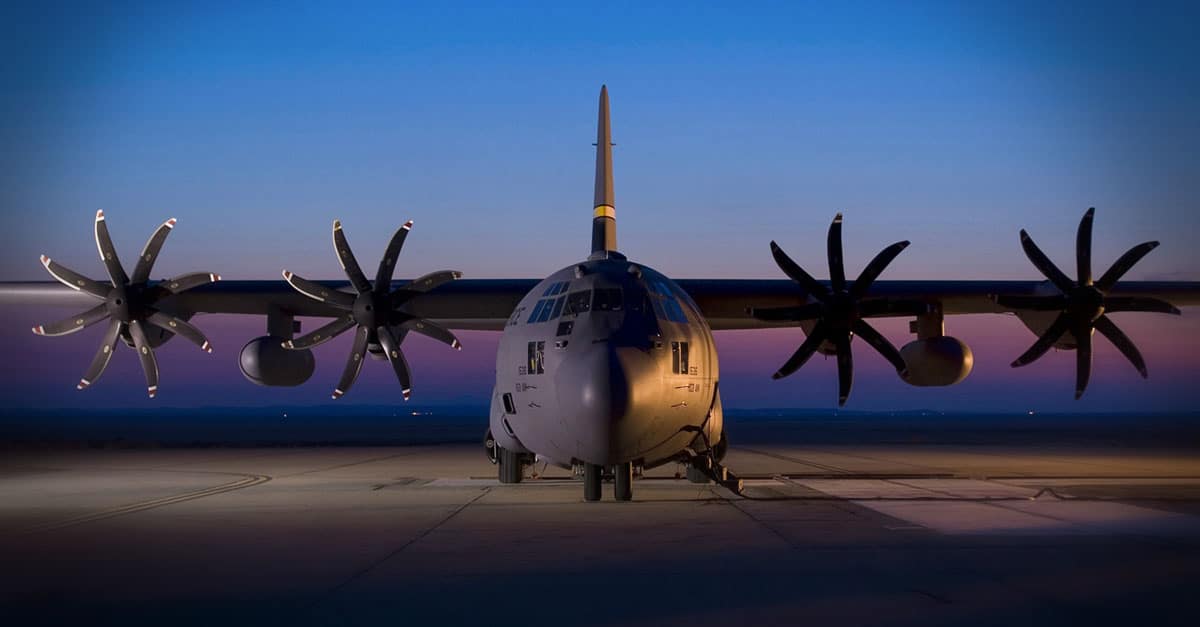

33. 44,000 pounds of payload is how much the C-130J-30 can carry – the most of any C-130. variation. The rest carry 40,000 pounds or 42,000 pounds.
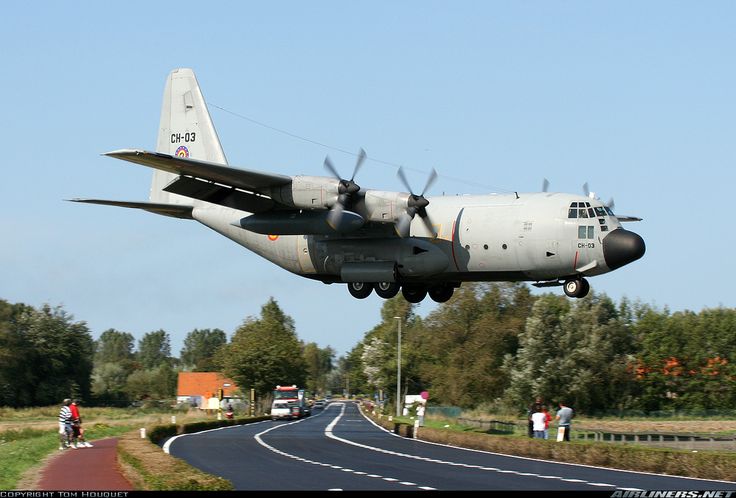

Courtesy photo
32. According to the Air Force’s most recent stats, the C-130J costs $48.5 million per unit. That is up from around the original $11.5 million of the C-130E.
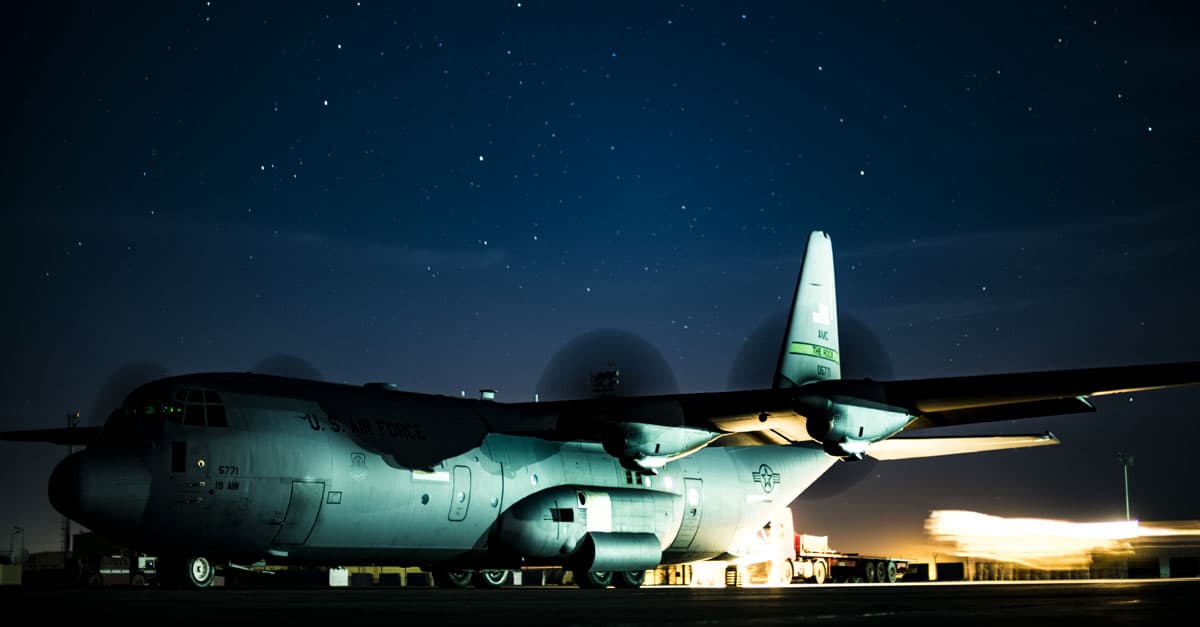

31. The C-130 Hercules has logged over one million flight hours flying special missions like combat and humanitarian duty.
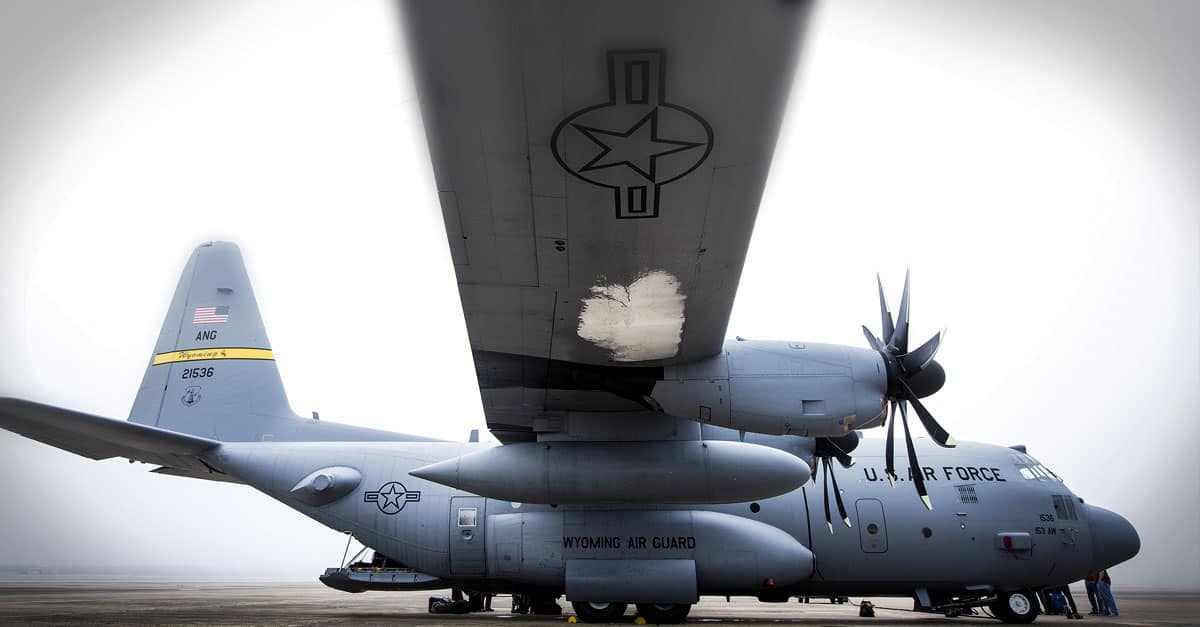

Tech. Sgt. Gregory Brook, U.S. Air Force
30. A C-130J in the India Air Force holds the record for highest altitude landing of any aircraft in its class. Daulat Beg Oldie airstrip is the highest airstrip in the world.
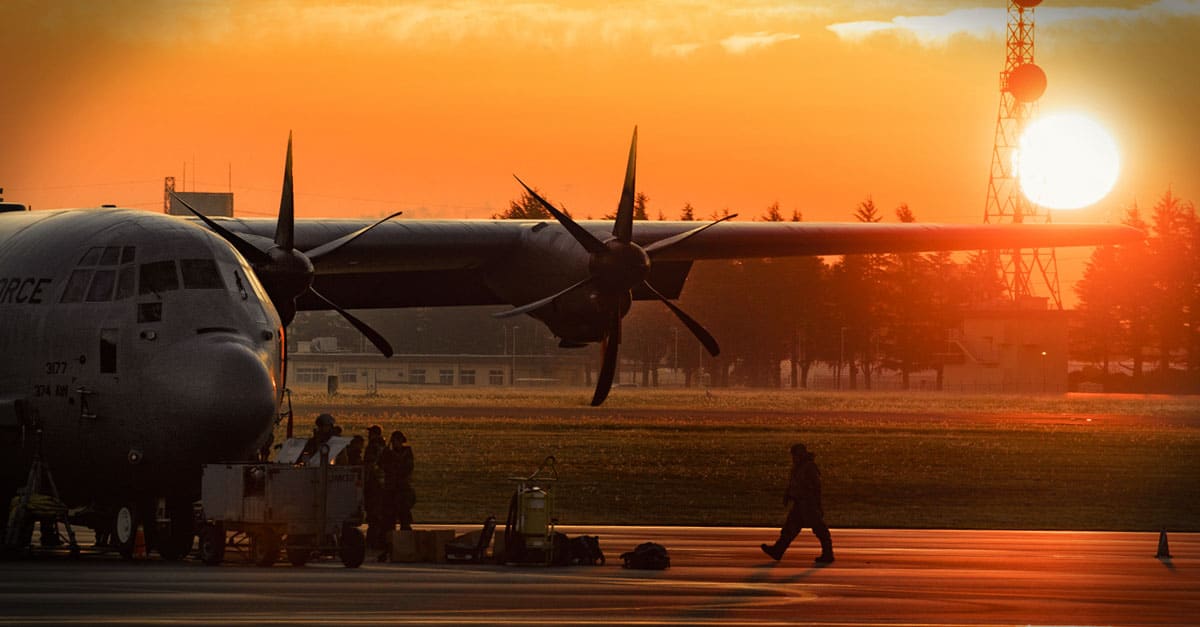

Samuel King, U.S. Air Force
29. Another record the C-130 holds involves the ocean. The C-130 is the largest and heaviest aircraft to ever land on an aircraft carrier.
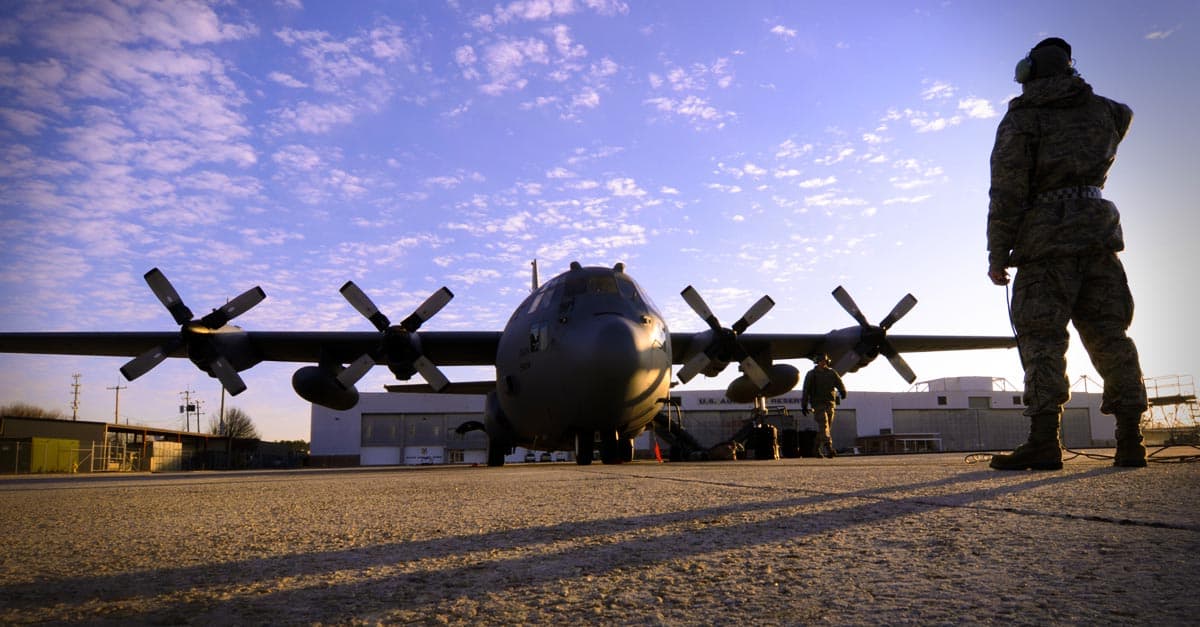

Yasuo Osakabe, U.S. Air Force
28. The GBU-43 is the largest conventional bomb ever dropped in combat. It was dropped by a MC-130. Definitely one of the more obscure C-130 Hercules facts.


Brad Fallin, U.S. Air Force
27. Airbus A-400M, a similar but newer and more advanced style of cargo plane, used the C-130 as an engine test bed.
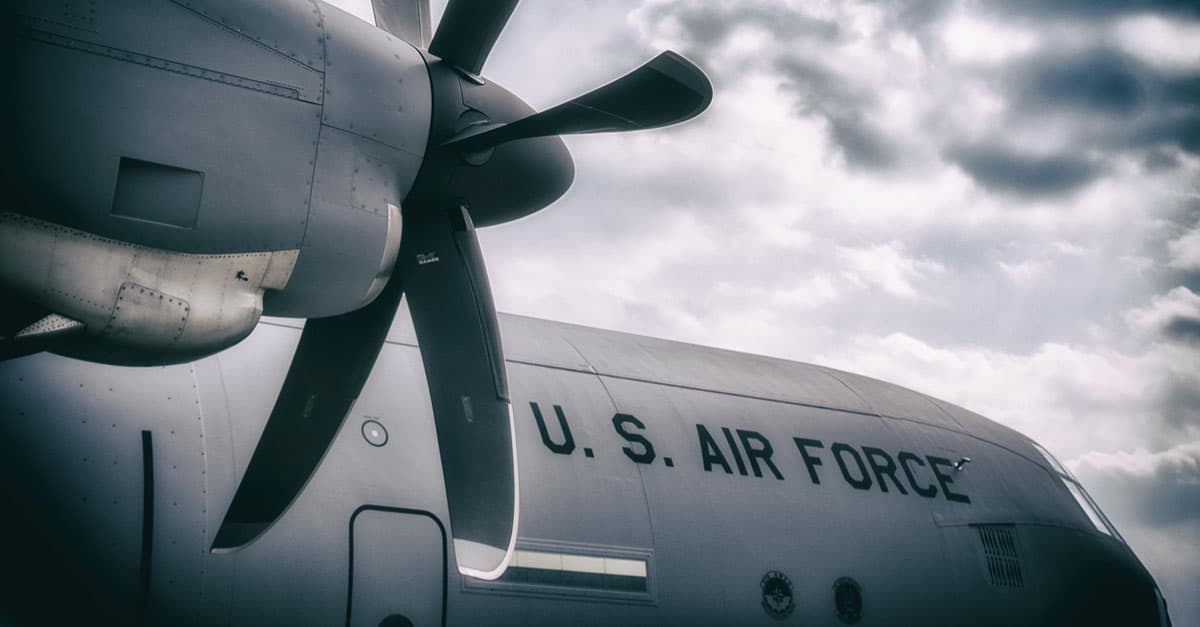

Yasuo Osakabe, U.S. Air Force
26. Lockheed claims the C-130 has flown over 100 different styles of missions in its six-decade plus lifetime.
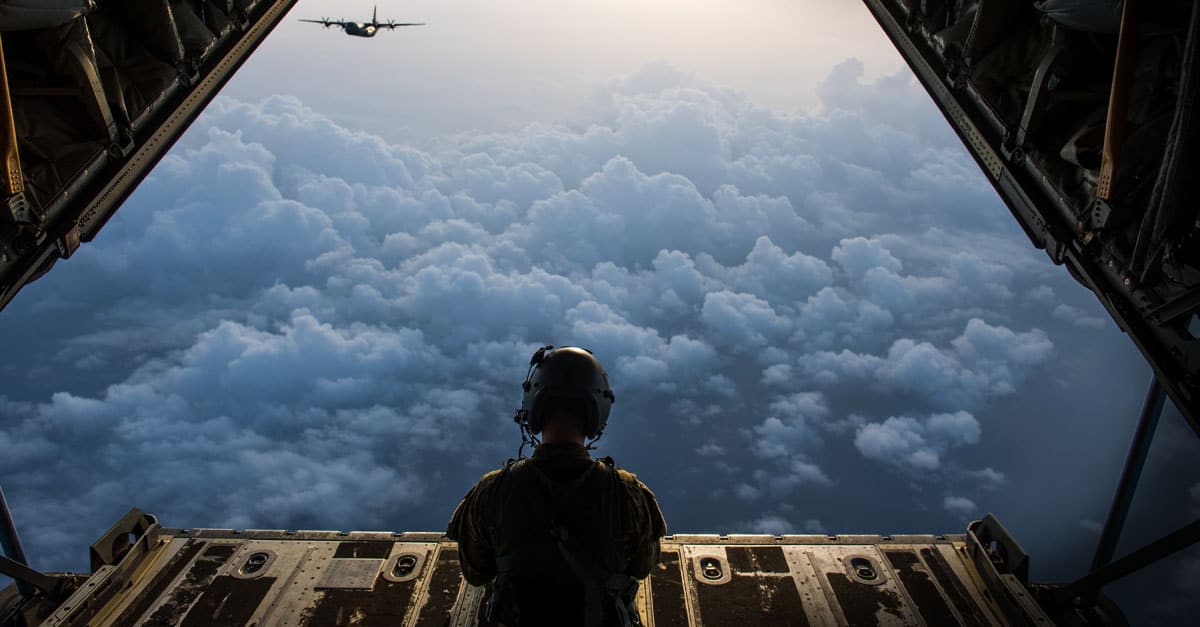

Yasuo Osakabe, U.S. Air Force
25. The C-130J-30 is a variation of the C-130 that added 15 feet to the overall length of the aircraft. Normally, six full sized pallets fit in the C-130, but eight pallets fit in the C-130J-30.


Staff Sgt. Gustavo Castillo, U.S. Air Force
24. Unofficial nicknames for the C-130 are Herk, Herky Bird, Slick, Fat Albert.
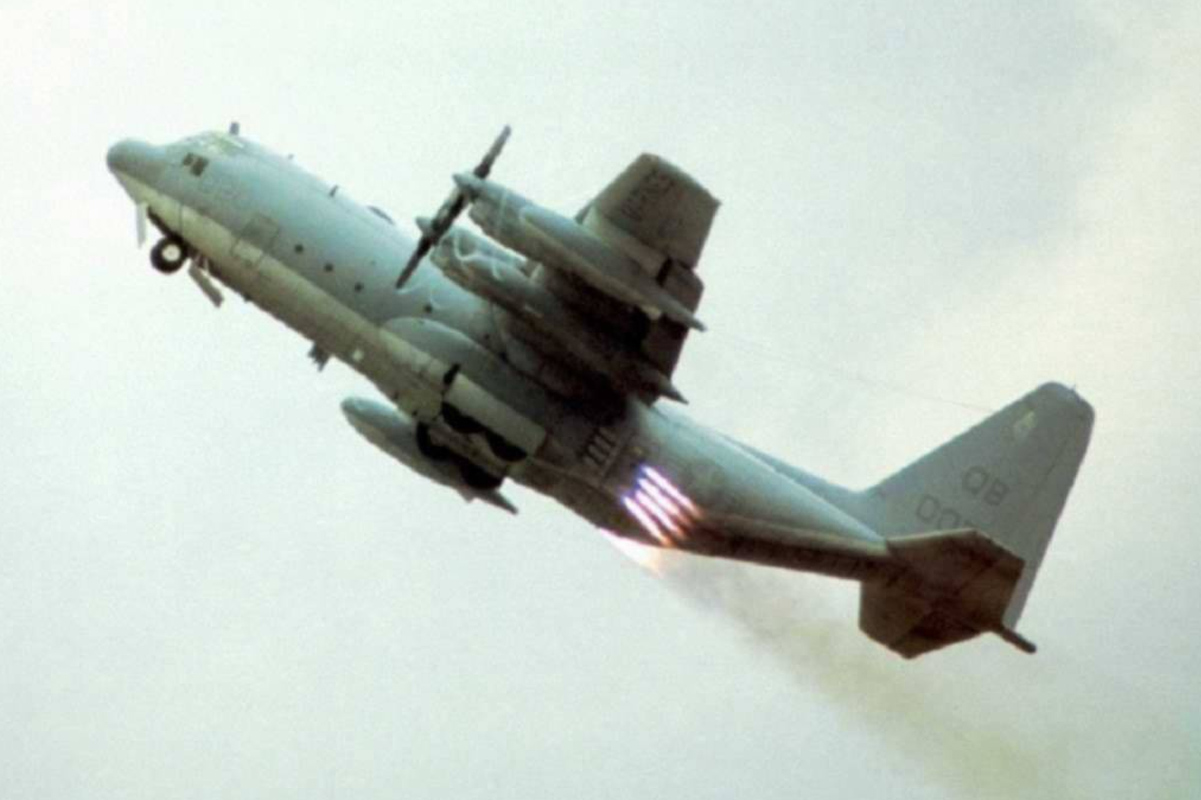

Chief Petty Officer Brandon Kelly, U.S. Coast Guard
23. The C-130 uses a unique fold-down ramp in its rear that allows vehicles to be driven into the cargo bay.
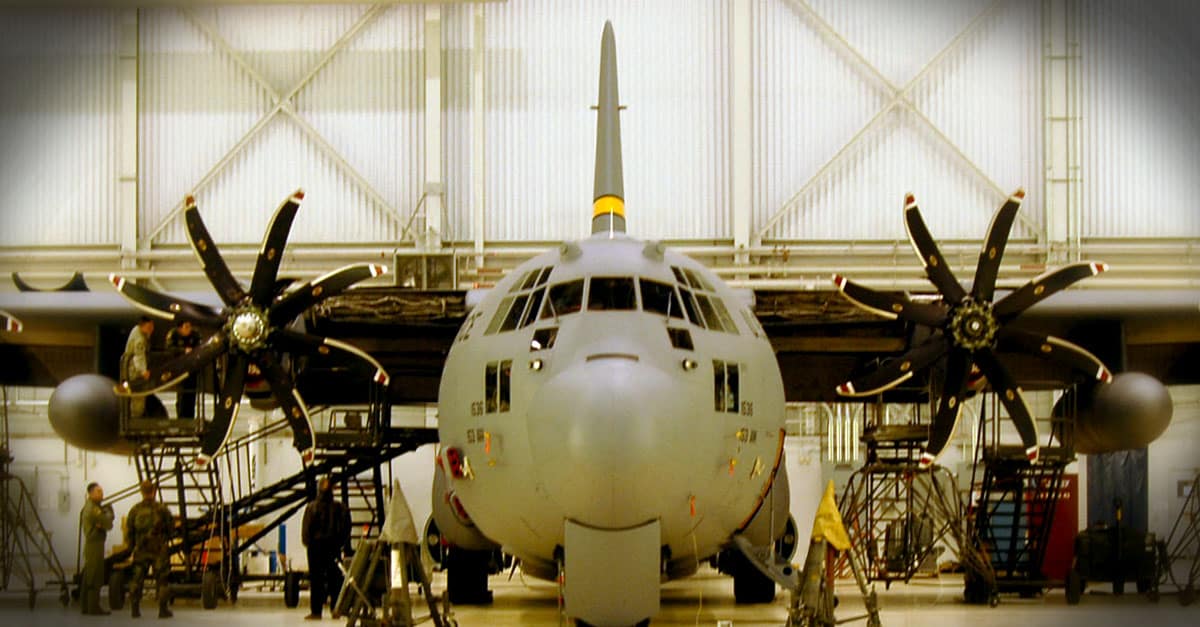

22. The Air Force’s only fixed-wing personnel recovery craft is the HC-130J Combat King. The Combat King is outfitted specifically to avoid early detection.


Senior Airman Julius Delos Reyes, U.S. Air Force
21. Active duty locations for the C-130 are: Dyess Air Force Base, Texas; Little Rock AFB, Ark.; Ramstein Air Base, Germany; and Yokota AB, Japan.


Senior Airman Kenny Holston, U.S. Air Force
20. The original engines in the C-130 were four Allison T56-A-11 or -9 turboprop engines with three blades on the propeller. Now, the C-130J has Rolls-Royce AE 2100 D3 turboprop engines with six blades.


Senior Airman Kenny Holston, U.S. Air Force
19. The initial production design was labeled the C-130A. It was submitted in 1951 and not a whole lot about the bones of the aircraft has changed since then.


18. A state of the art navigation system is a part of the most recent C-130 upgrade. It now includes a dual inertial system as well as GPS.
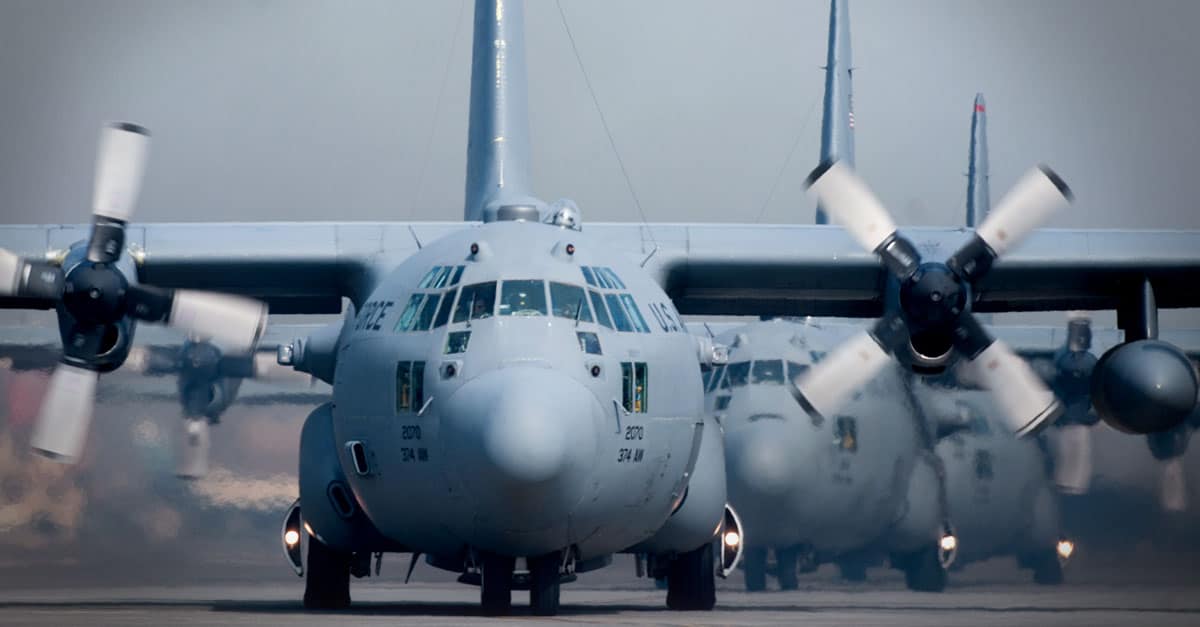

Tech. Sgt. Jeffrey Allen, U.S. Air Force
17. The Korean War made the Air Force recognize it had no aircraft capable of airlifting combat troops over medium distances to short, undeveloped airfields.
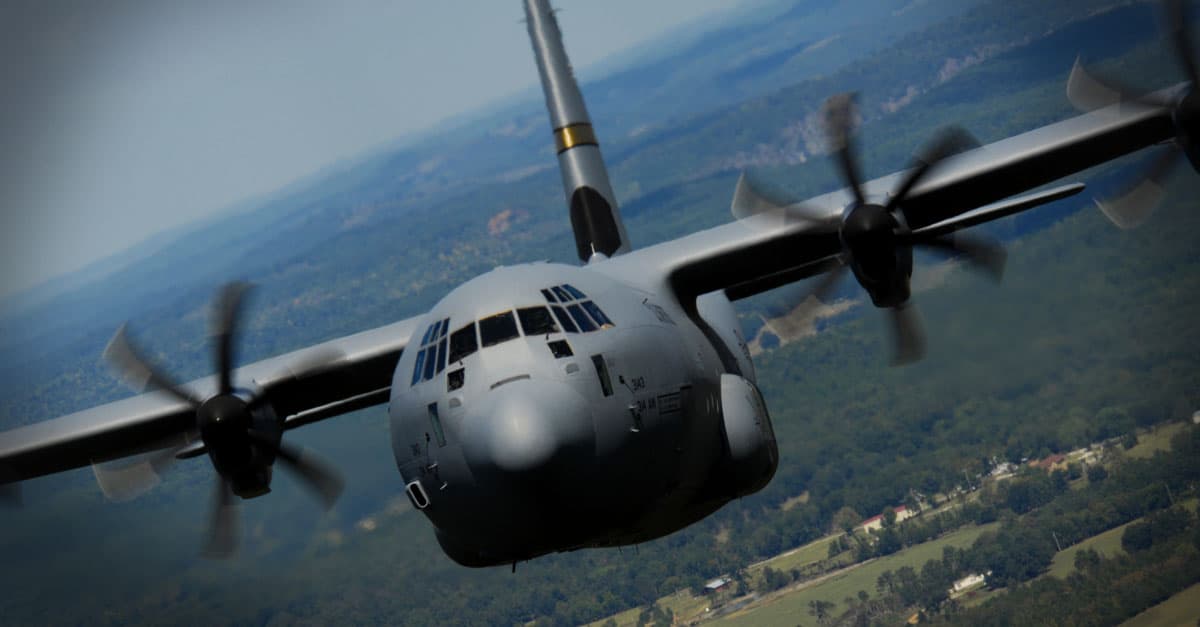

Osakabe Yasuo, U.S. Air Force
16. Willis Hawkins created the layout of the C-130. Hawkins was also responsible for the Corona satellite, Polaris missile, and M1 Abrams tank.
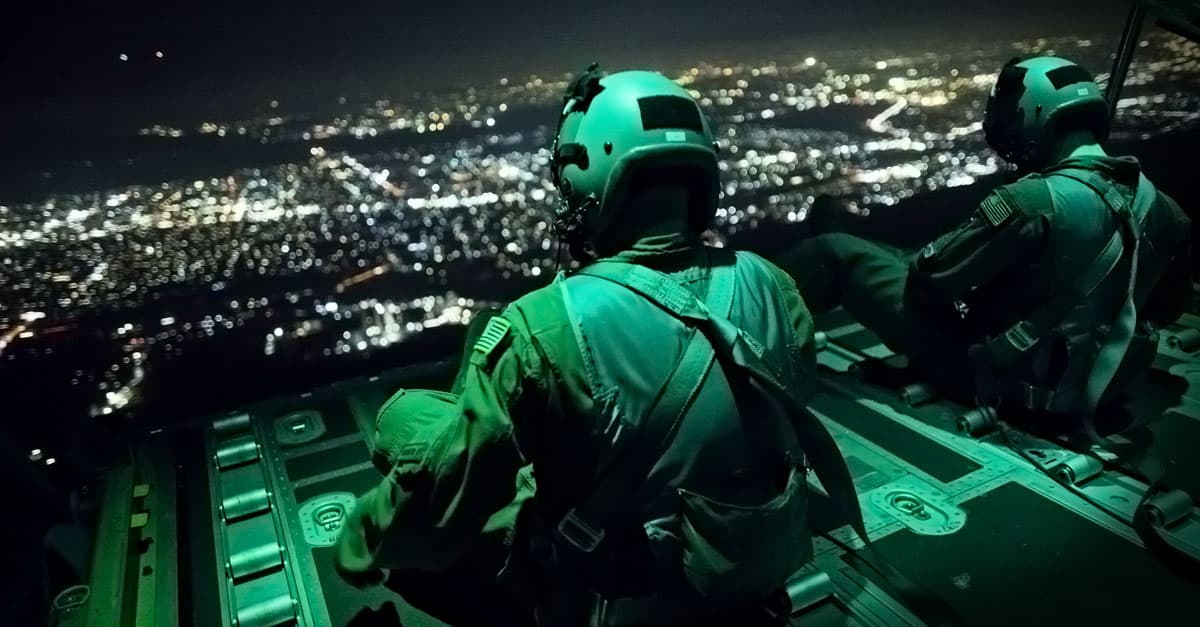

U.S. Air Force photo
15. The C-130’s official proposal was 110 pages. The Lockheed Martin F-35 Lightning II’s official proposal was 2,500 pages.


Yasuo Osakabe, U.S. Air Force
14. The cargo bay was designed around the M551 Sheridan tank. Willis Hawkins drew a circle around the tank and started the plane’s design from that width and depth.
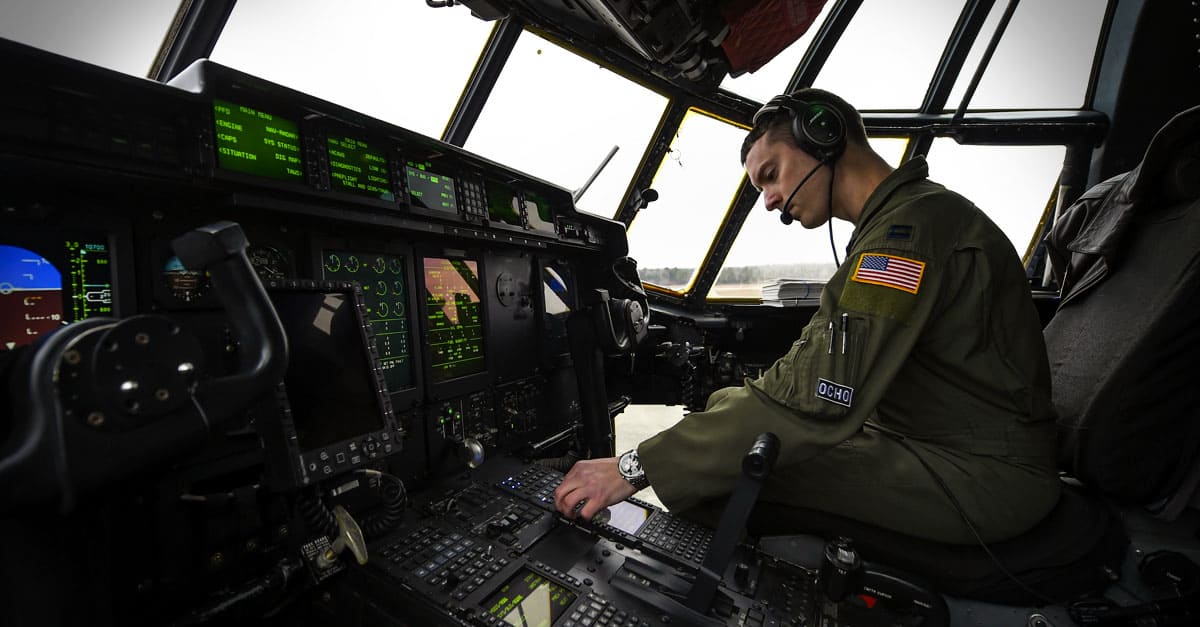

Airman 1st Class Jordan Castelan, U.S. Air Force
13. “The basic C-130, aft of the cockpit and before the ramp, is the length of a railroad boxcar,” Lockheed Martin historian Jeff Rhodes says.
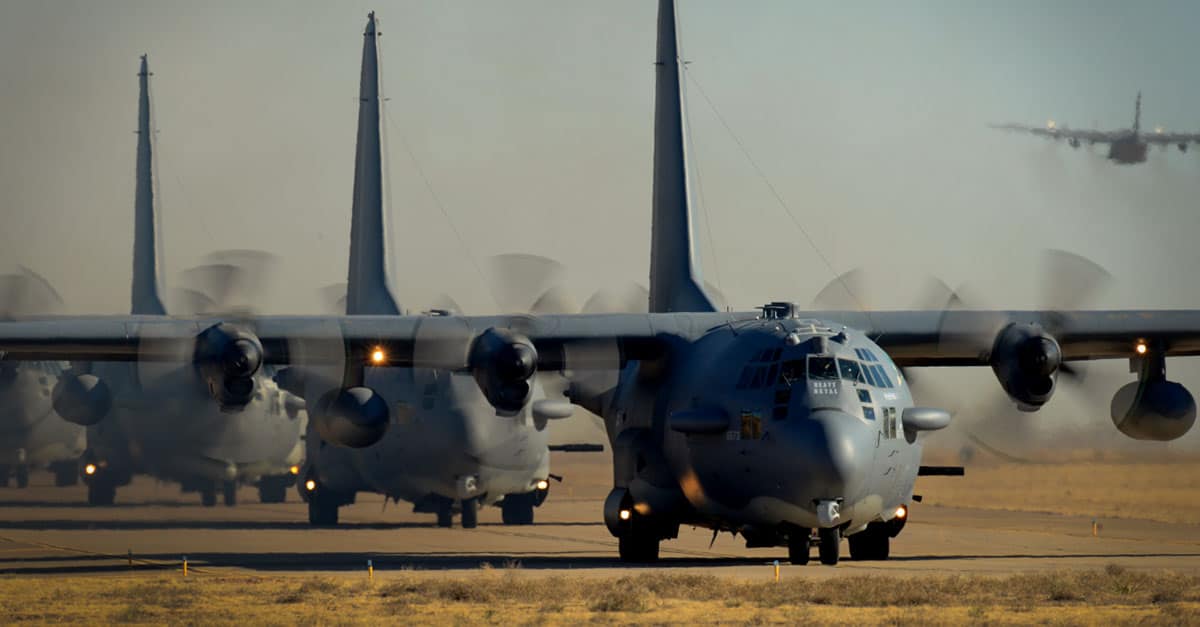

Senior Airman Harry Brexel, U.S. Air Force
12. The C-130 entered combat in 1956 and the first combat loss came in 1958. A C-130A-II was shot down over Armenia during a recon mission.
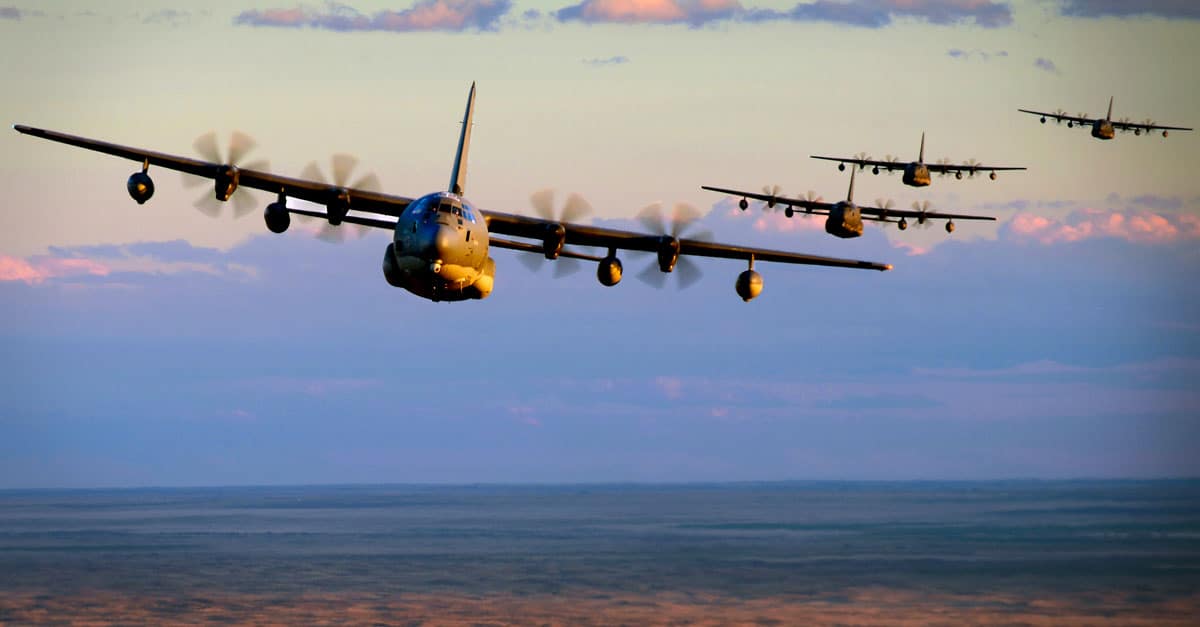

Staff Sgt. Matthew Plew, U.S. Air Force
11. The C-130 has seen time with the U.S. Air Force, serving in the Air Mobility Command, Air Force Special Operations Command, Air Combat Command, U.S. Air Forces in Europe, Pacific Air Forces, Air National Guard and the Air Force Reserve Command.
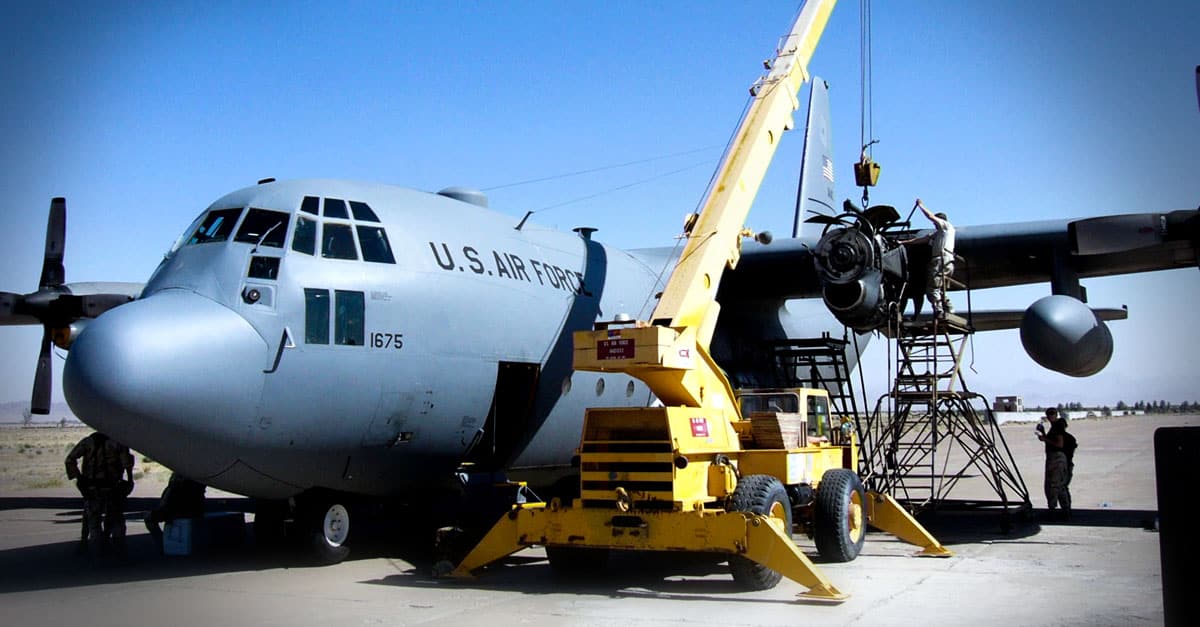

Staff Sgt. Matthew Plew, U.S. Air Force
10. The 1976 Israeli Raid on Entebbe was a successful rescue mission for the C-130. The 1980 Iranian Hostage rescue mission was a failed rescue mission for the C-130.
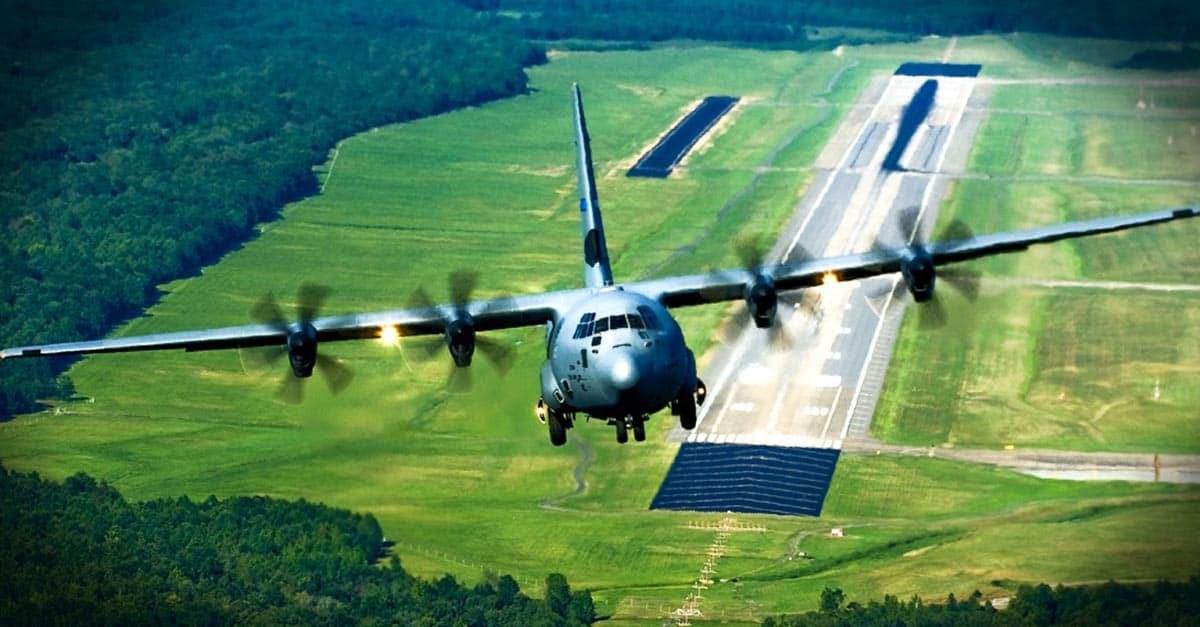

Courtesy photo
9. 92 troops can be accommodated inside of the C-130. At max capacity, the C-130 has a range of about 2,000 miles.
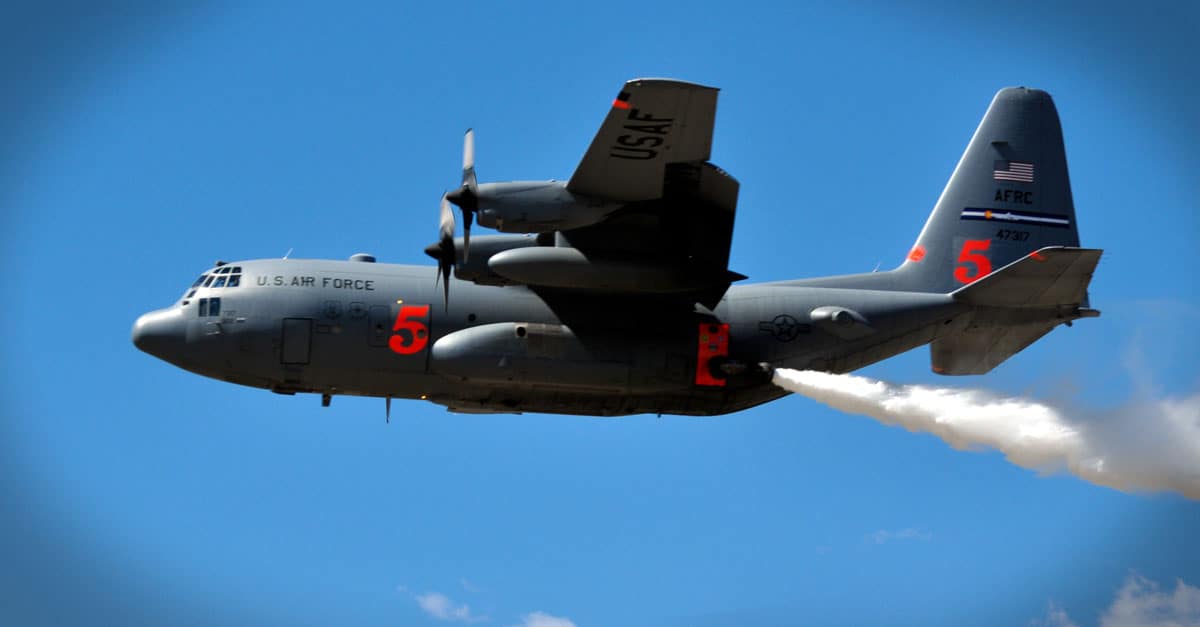

Tech Sgt. Matthew Hannen, U.S. Air Force
8. The prototype YC-130’s first flight was on Aug. 23, 1954. It took off in only 800 feet of runway at Lockheed’s Burbank, California plant.
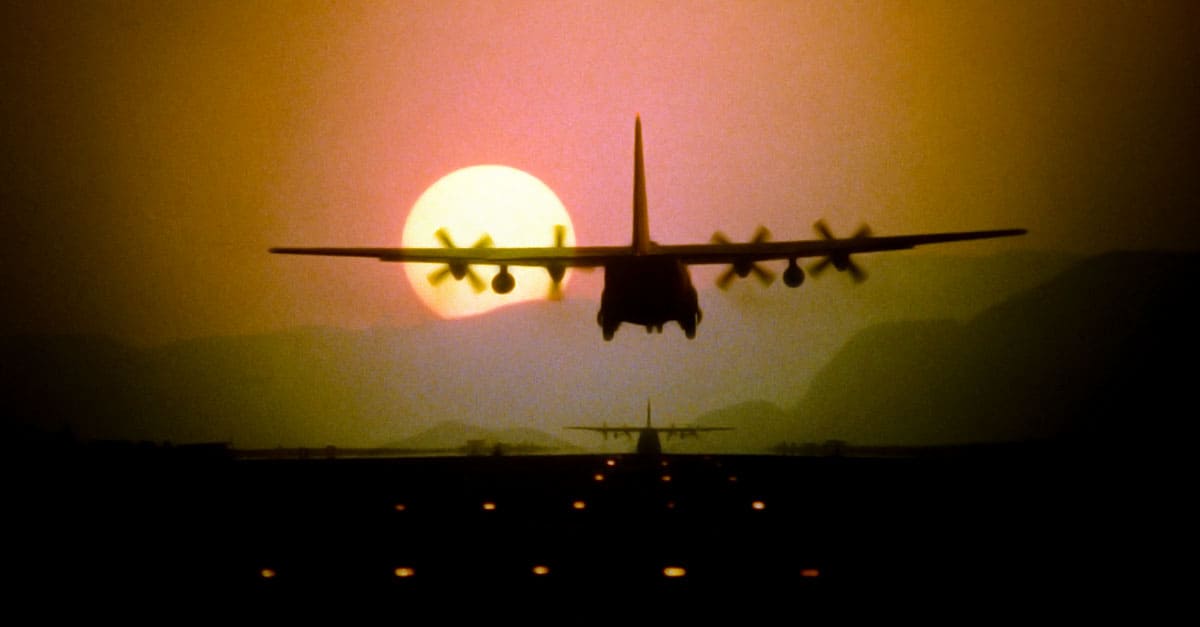

Tech. Sgt. Daniel Butterfield, U.S. Air Force
7. In 1968, C-130Bs dropped a pair of 10,000-pound bombs in Vietnam in order to clear landing zones for helicopters.
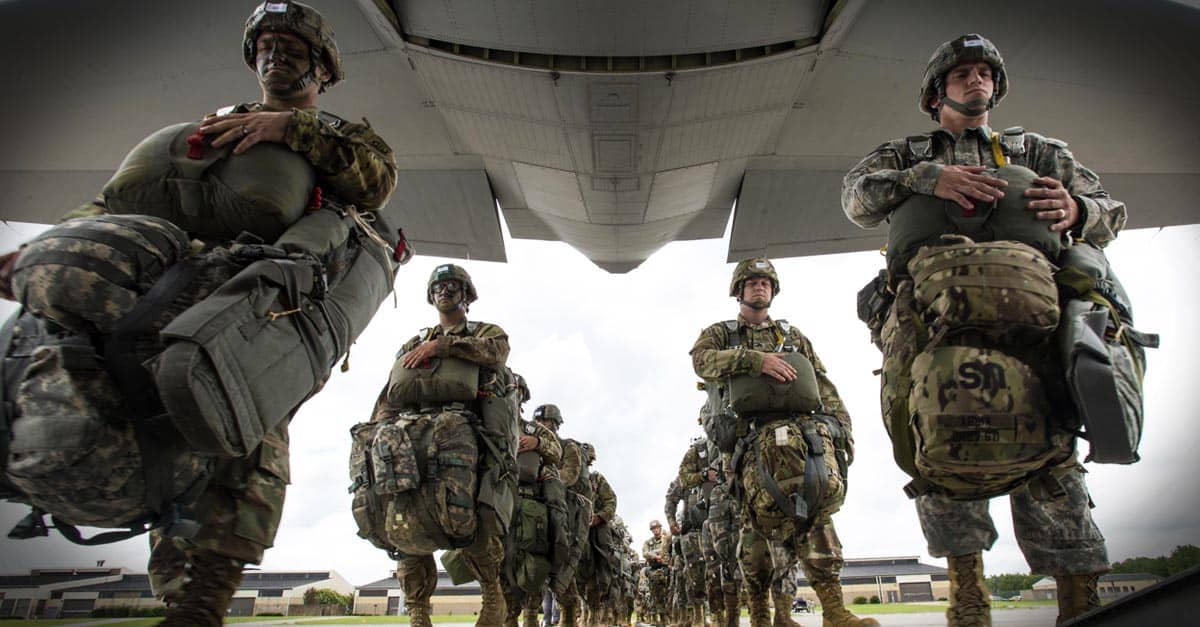

Staff Sgt. Daniel C. Perez., U.S. Air Force
6. The C-130 is a thrill to fly, according to pilots. “We’ve been accused of making a pilot’s airplane,” Lockheed Martin C-130 Chief Experimental Test Pilot, Wayne Roberts said.
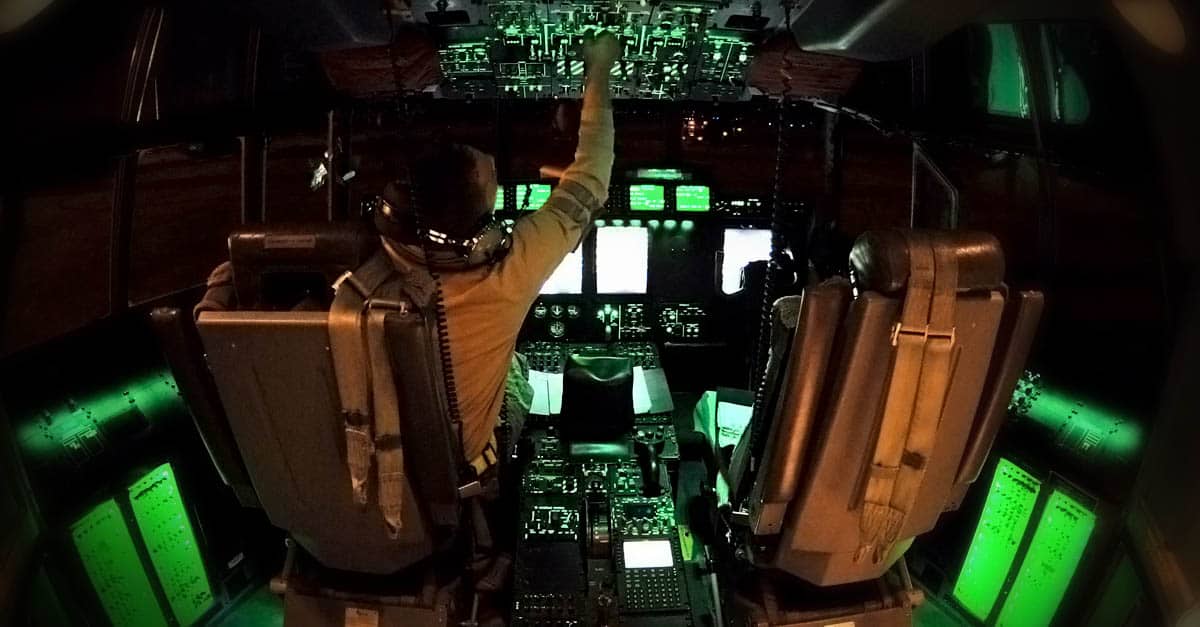

Master Sgt. Brian Ferguson, U.S. Air Force
5. The wingspan of a C-130 is 132 feet 7 inches wide. That’s as long as two bowling lanes.
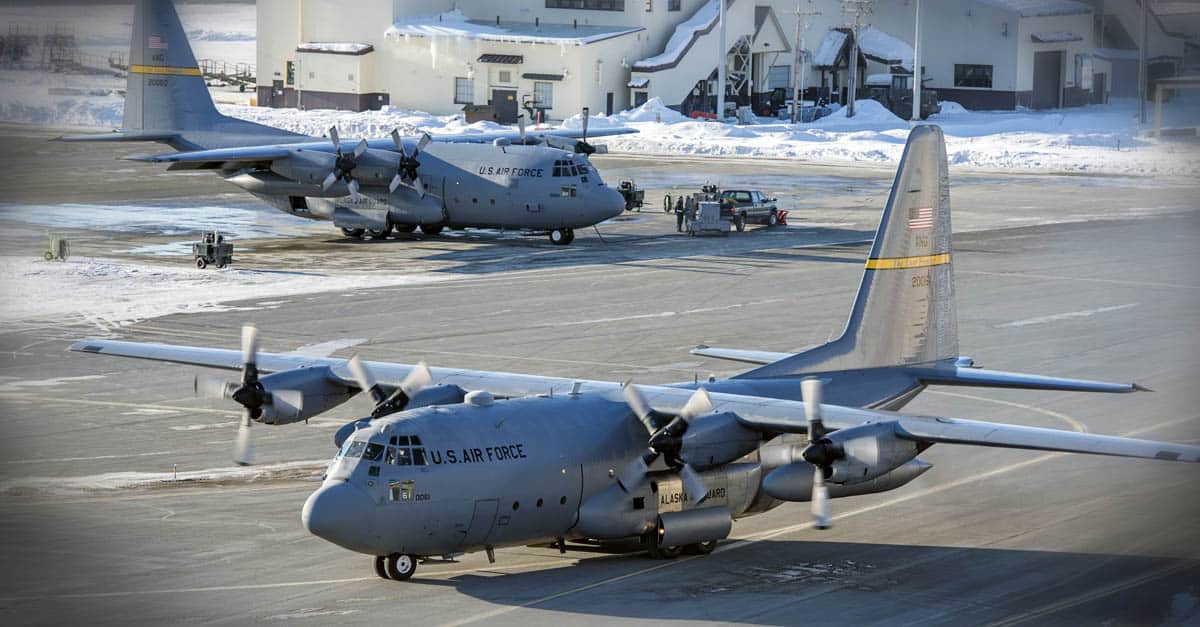

Staff Sgt. Chris Willis, U.S. Air Force
4. The C-130J holds 74 medical litters. The C-130J-30 holds 128 medical litters.
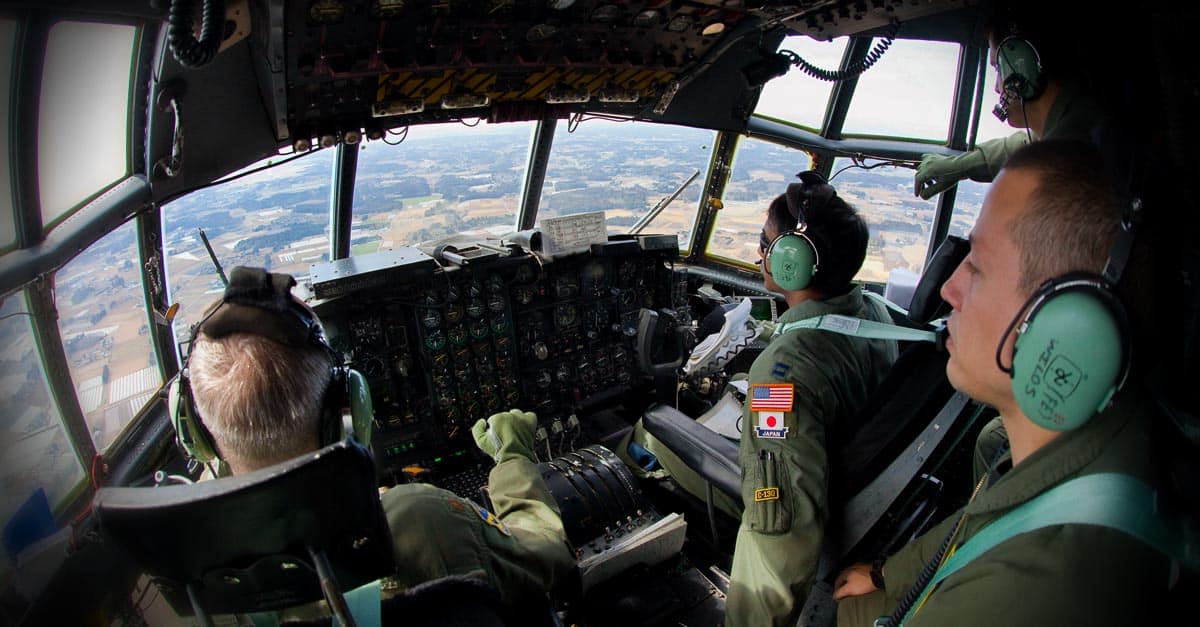

Staff Sgt. Edward Eagerton, U.S. Air National Guard
3. Each pilot has a heads-up display which includes: global digital map unit, portable mission display, GPS landing system sensor unit, and a LCD multifunctional flight control interface.
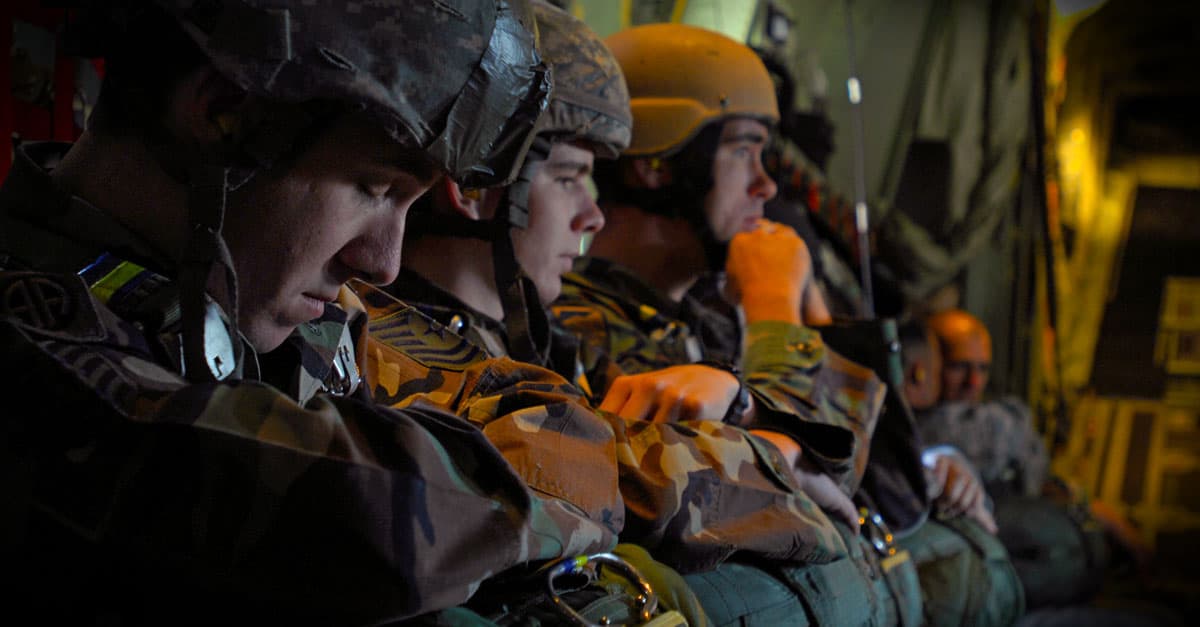

Osakabe Yasuo, U.S. Air Force
2. During the Vietnam War, C-130 crews and pilots would consistently rotate in and out of South Vietnam from the Philippines, Taiwan, Okinawa, and Japan.

Senior Airman Kenny Holston, U.S. Air Force
1. In June of 2017, over half of Lockheed Martin’s 5,000 employees at it’s Marietta, Ga. location worked on a C-130 Hercules. Marietta was the first production site of the C-130.
